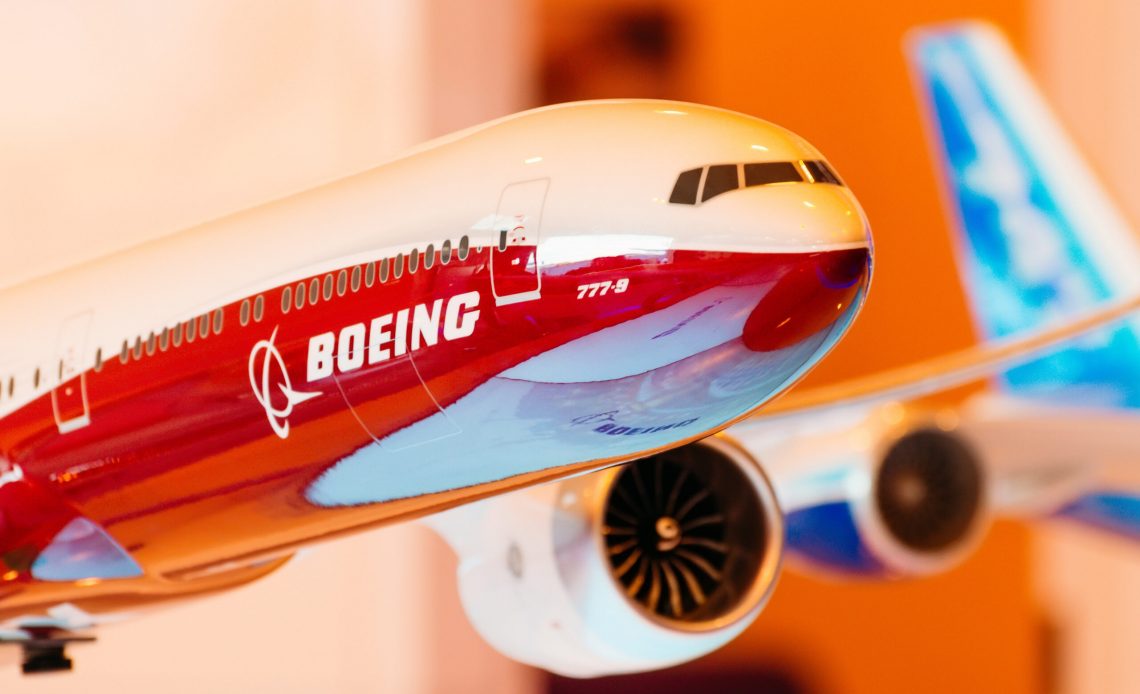
Boeing has revised its market outlook for India and South Asia, projecting that airlines in the region will add 2,835 commercial aircraft to their fleets over the next two decades.
This represents a nearly fourfold increase from current levels and a higher forecast than last year’s estimate of 2,705 jets. The expansion is driven by rapid economic growth, a rising middle class, and increasing affordability of air travel.
The US planemaker expects air traffic in India and South Asia to grow at an annual rate of more than 7% through 2043, positioning the region among the fastest-growing aviation markets globally.
India, currently the world’s third-largest domestic aviation market after the US and China, is leading this expansion.
The demand surge is evident in the substantial aircraft orders already placed by Indian carriers, which collectively have around 1,800 aircraft on order.
This anticipated fleet expansion is essential for meeting the region’s growing air travel needs, especially as airlines aim to modernise their fleets with more fuel-efficient models.
However, persistent supply chain challenges continue to impact aircraft deliveries worldwide, creating hurdles for both Boeing and Airbus in fulfilling their commitments.
Single-aisle aircraft to dominate orders
Boeing’s latest market outlook highlights that single-aisle aircraft will constitute the bulk of new deliveries in India and South Asia, with an estimated 2,445 jets entering service over the next 20 years.
This category, which includes models such as the Boeing 737 MAX and the Airbus A320neo, is preferred for short-haul and domestic routes, where demand is expanding rapidly.
The widebody fleet in the region is also expected to see significant growth, quadrupling in size with the addition of 370 aircraft. This signals an increasing appetite for long-haul travel, with Indian carriers looking to expand international connectivity.
IndiGo and Air India, India’s two largest airlines, are spearheading the expansion. IndiGo, already the dominant domestic carrier, has a backlog of aircraft orders that underscores its long-term growth strategy.
Air India, following its high-profile merger with Vistara and acquisition by the Tata Group, is aggressively expanding its fleet, particularly in the widebody segment, to compete more effectively on international routes.
While the long-haul market has traditionally been dominated by foreign carriers, Boeing expects Indian airlines to gain a larger share of this segment as they acquire new aircraft.
Supply chain and cost challenges could slow growth
Despite the optimistic outlook, the Indian aviation sector faces significant hurdles. Supply chain disruptions have led to delivery delays for both Boeing and Airbus, slowing the fleet expansion plans of Indian airlines.
Boeing’s aircraft deliveries in 2024 dropped to their lowest level since the COVID-19 pandemic, partly due to a crippling strike. While the company has made progress in ramping up production, challenges remain.
Airbus, which also supplies a large number of aircraft to Indian carriers, narrowly missed its 2024 delivery target.
The global shortage of aircraft components and labour constraints have impacted both manufacturers, creating bottlenecks in aircraft production.
Beyond supply chain issues, Indian airlines grapple with high operational costs, including volatile jet fuel prices and currency fluctuations.
The depreciation of the Indian rupee against the US dollar increases costs for airlines, as aircraft purchases, leasing, and maintenance expenses are mostly dollar-denominated.
Indian carriers operate with lower average airfares than global peers, further squeezing profitability.
Boeing acknowledges these challenges but remains optimistic about the region’s long-term potential. The company emphasises that despite near-term headwinds, the structural drivers of air travel growth in India and South Asia remain intact.
The post Boeing forecasts 2,835 new jets for Indian, South Asian airlines over next 20 years appeared first on Invezz






